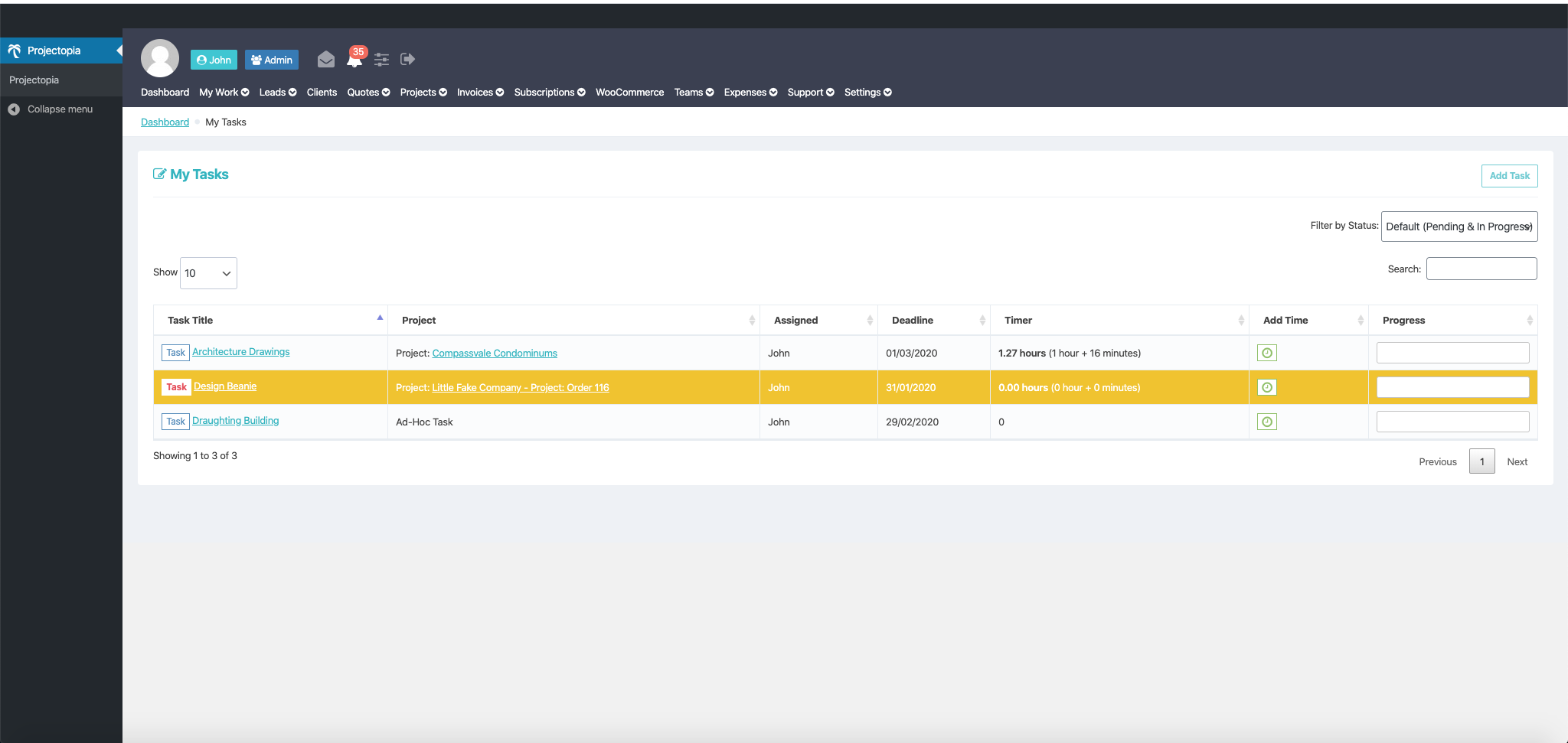

- DATA MODEL CAPTURE PROJECTS TASKS AND SUB TASKS CODE
- DATA MODEL CAPTURE PROJECTS TASKS AND SUB TASKS SERIES
These accounts provide insights into the function and mechanisms of hierarchically structured, action-guiding representations, but, again, they largely consider the use and the creation of such representations separately. Separately, studies show how hierarchical structure emerges from graph-theoretic properties of tasks (e.g., “bottleneck” states), latent causal structure in the environment, or efficient encoding of optimal behaviors. For example, we know that, when given hierarchical structure, people readily use it to bootstrap learning and to organize planning. First, how do people use decompositions? Second, how do people decompose tasks to begin with? Existing research provides answers to these two questions, but does so largely by considering each one in isolation. It allows people to tractably solve problems that occur at many different timescales, ranging from everyday tasks such as cooking a meal to more ambitious projects such as completing a Ph.D.Īt least two questions arise in the context of human task decomposition.
DATA MODEL CAPTURE PROJECTS TASKS AND SUB TASKS SERIES
For example, you might break down the high-level goal of “cook dinner” into a series of intermediate subgoals such as “choose a recipe,” “get the ingredients from the store,” and “prepare food according to the recipe.” Task decomposition-identifying subproblems and reasoning about them-lies at the heart of human general intelligence. Human thought and action are hierarchically structured: We rarely tackle everyday problems in their entirety and instead routinely decompose problems into more manageable subproblems. The funders had no role in study design, data collection and analysis, decision to publish, or preparation of the manuscript.Ĭompeting interests: The authors have declared that no competing interests exist.

Army Research Office grant ARO W911NF-16-1-0474 awarded to NDD ( ). Air Force Office of Scientific Research grant FA -0077 awarded to TLG ( ), and U.S. įunding: This research was supported by John Templeton Foundation grant 61454 awarded to TLG and NDD ( ), U.S.
DATA MODEL CAPTURE PROJECTS TASKS AND SUB TASKS CODE
This is an open access article distributed under the terms of the Creative Commons Attribution License, which permits unrestricted use, distribution, and reproduction in any medium, provided the original author and source are credited.ĭata Availability: The data and code used for analysis are available on GitHub at. Received: OctoAccepted: ApPublished: June 1, 2023Ĭopyright: © 2023 Correa et al. University of Tübingen: Eberhard Karls Universitat Tubingen, GERMANY Taken together, our results suggest the computational cost of planning is a key principle guiding the intelligent structuring of goal-directed behavior.Ĭitation: Correa CG, Ho MK, Callaway F, Daw ND, Griffiths TL (2023) Humans decompose tasks by trading off utility and computational cost. We find that human responses are more consistent with our framework for task decomposition than alternative normative accounts and are most consistent with a heuristic-betweenness centrality-that is justified by our approach. We report a behavioral study of task decomposition ( N = 806) that uses 30 randomly sampled graphs, a larger and more diverse set than that of any previous behavioral study on this topic. Analyzing 11,117 distinct graph-structured planning tasks, we find that our framework justifies several existing heuristics for task decomposition and makes predictions that can be distinguished from two alternative normative accounts. How are these decompositions created and used? Here, we propose and evaluate a normative framework for task decomposition based on the simple idea that people decompose tasks to reduce the overall cost of planning while maintaining task performance. Human behavior emerges from planning over elaborate decompositions of tasks into goals, subgoals, and low-level actions.


 0 kommentar(er)
0 kommentar(er)
